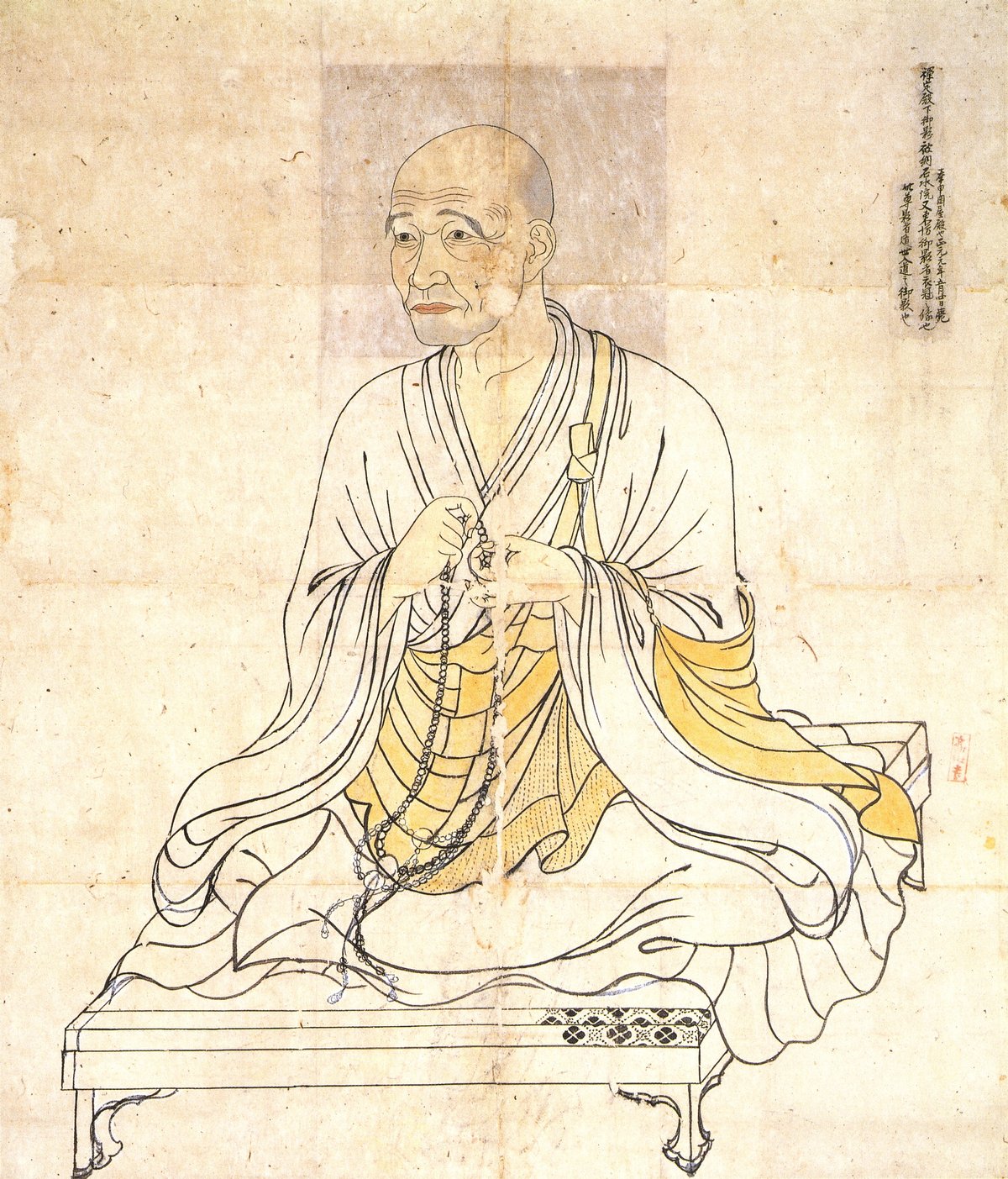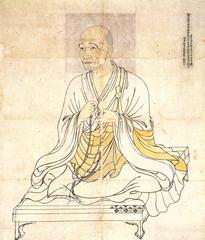
Kozanji Kyoto Visiting Hours, Tickets, and Historical Sites Guide
Date: 14/06/2025
Kōzan-ji (高山寺) is a remarkable temple nestled in the forested hills of Takao, northwestern Kyoto. Renowned for its deep spiritual roots, artistic treasures, and tranquil natural setting, Kōzan-ji has stood at the crossroads of Japanese religious, cultural, and artistic history for over a millennium. This comprehensive guide covers the temple’s history, significance, visiting hours, tickets, directions, and travel tips, ensuring an enriching and seamless experience at one of Kyoto’s must-see historical sites. For official updates and further details, see Japan Travel and UNESCO World Heritage Site.
Table of Contents
- Early Origins and Myōe’s Legacy
- Architectural Highlights and National Treasures
- The Chōjū-jinbutsu-giga Scrolls
- UNESCO World Heritage Recognition
- Visiting Information: Hours, Tickets, and Access
- Travel Tips and Nearby Attractions
- Special Events and Photography
- Frequently Asked Questions (FAQ)
- Interactive Content and Visuals
- Conclusion and Call to Action
- References
Early Origins and Myōe’s Legacy
Kōzan-ji traces its origins to the early 8th century, reportedly established by imperial order during the Nara period. However, the temple’s defining chapter began in the late 12th century when the influential Buddhist monk Myōe Shōnin (明恵上人, 1173–1232) revitalized the site. Granted the land at Toganoo by Emperor Go-Toba in 1206, Myōe transformed Kōzan-ji into a center for the Kegon sect of Buddhism. His reforms emphasized scriptural study, monastic discipline, and spiritual cultivation. Myōe is also credited with introducing the first tea bushes to Japan, laying the foundation for the Japanese tea ceremony (Japan Travel).
Architectural Highlights and National Treasures
Kōzan-ji’s precincts feature several remarkable structures, most notably the Sekisui-in Hall (石水院). This Kamakura-period residential building is a designated National Treasure, renowned for its refined wooden architecture and serene ambiance (Japan Travel). Other important sites include:
- Kon-dō (Main Hall): Relocated from Ninna-ji in 1634, this hall houses sacred Buddhist statues and offers panoramic forest views.
- Kaisan-dō Hall: Dedicated to Myōe, with a unique portrait of the abbot in meditation, emphasizing his spiritual legacy.
- Stone Monuments: Scattered throughout the temple grounds, these commemorate Myōe’s contributions, including Japan’s oldest tea garden.
The temple’s collection also includes ancient Buddhist manuscripts, rare dictionaries, and ritual implements, several of which are recognized as National Treasures or Important Cultural Properties (Agency for Cultural Affairs).
The Chōjū-jinbutsu-giga Scrolls
Kōzan-ji is internationally celebrated for the Chōjū-jinbutsu-giga (鳥獣人物戯画) scrolls—narrative paintings from the 12th and 13th centuries depicting anthropomorphic animals in lively, satirical scenes. Often called “Japan’s first manga,” these scrolls are masterpieces of Japanese art and are designated as National Treasures (Wikipedia). While the originals reside at national museums, high-quality replicas are displayed at Sekisui-in Hall, allowing visitors to appreciate their playful artistry in the temple’s historical context.
UNESCO World Heritage Recognition
In 1994, Kōzan-ji was inscribed as part of the Historic Monuments of Ancient Kyoto (Kyoto, Uji and Otsu Cities) on the UNESCO World Heritage List (UNESCO). The designation acknowledges Kōzan-ji’s outstanding universal value, architectural integrity, and role in the evolution of Japanese Buddhism, art, and tea culture. The temple’s harmonious integration with its natural surroundings exemplifies the enduring relationship between religious sites and the landscape in Japan.
Visiting Information: Hours, Tickets, and Access
Visiting Hours:
- Generally open daily from 9:00 am to 5:00 pm (last entry 4:30 pm). During peak autumn foliage (November), hours may change—check ahead for updates (JP Manual).
Tickets:
- Temple grounds: Free except during peak autumn (¥400–¥500).
- Sekisui-in Hall: ¥600.
- Discounts may apply for students and groups.
Access:
- By Bus: Take the JR Bus Takao-Keihoku Line from Kyoto Station to Toganoo stop (approx. 45–60 minutes), then a 10-minute walk (Inside Kyoto).
- By Taxi: Available from central Kyoto; more costly but convenient.
- By Car: Limited parking near the temple, fills quickly during peak seasons.
Facilities:
- Basic restrooms near the entrance.
- No shops or cafés in the temple, but small eateries are nearby.
- The temple precinct is smoke-free.
Accessibility:
- The hillside terrain and stone steps make wheelchair access challenging (Discover Kyoto). Those with mobility issues should plan accordingly.
Travel Tips and Nearby Attractions
- Best Seasons:
- Autumn (late October–early December): Spectacular maple foliage draws the largest crowds.
- Spring (late March–early April): Tranquil cherry blossom views.
- Photography:
- Best spots include the Sekisui-in balcony and temple approach lined with maple trees. Photography inside buildings may be restricted—check posted signs.
- Nearby Temples:
- Saimyō-ji and Jingo-ji are within walking distance, making Takao ideal for a temple circuit (Damien Douxchamps).
- Guided Tours:
- Local operators offer tours combining Kōzan-ji with Arashiyama or other historical sites. English-language tours are available, though guides may need to be booked in advance (Japan Guide).
Special Events and Photography
- Annual Rituals:
- Buddhist ceremonies and tea-related events take place throughout the year. Check the official website or local tourist centers for schedules.
- Photography:
- Allowed outdoors and in select areas; flash and tripods are generally prohibited inside halls.
Frequently Asked Questions (FAQ)
Q: What are the Kōzan-ji visiting hours?
A: Open daily from 9:00 am to 5:00 pm; last entry at 4:30 pm. Hours may change during special events or peak seasons.
Q: How much are tickets?
A: Temple grounds are free except in autumn (¥400–¥500); Sekisui-in Hall is ¥600.
Q: Is Kōzan-ji wheelchair accessible?
A: Accessibility is limited due to stone steps and hillside terrain.
Q: Can I buy tickets online?
A: Generally, tickets are purchased on-site. Some tours may offer advance booking.
Q: Are there English guides?
A: Basic English signage is available; guided tours in English can be booked through local operators.
Interactive Content and Visuals
- Virtual Tours:
- Explore Kōzan-ji’s grounds and halls through virtual tours on Kyoto tourism websites.
- Interactive Map:
- Use digital maps to plan your Takao temple circuit, including Saimyō-ji and Jingo-ji.
- Photo Galleries:
- Look for alt tags such as “Sekisui-in National Treasure at Kōzan-ji” and “Chōjū-jinbutsu-giga scroll reproduction.”
Conclusion and Call to Action
Kōzan-ji encapsulates the depth of Japan’s spiritual, artistic, and natural heritage. From Myōe’s monastic reforms and the ancient tea garden to the National Treasure Sekisui-in and the playful Chōjū-jinbutsu-giga scrolls, every visit offers new inspiration. Plan your trip for autumn foliage, spring blooms, or a tranquil off-season escape. For official information and updates, consult Japan Travel and UNESCO.
Plan your visit today! Download the Audiala app for real-time travel resources, and follow us on social media for the latest Kyoto travel tips and stories.
References
- Japan Travel, 2023, Japan National Tourism Organization (Japan Travel)
- UNESCO World Heritage Centre, 1994, Historic Monuments of Ancient Kyoto (UNESCO)
- Wikipedia, 2024, Chōjū-jinbutsu-giga (Wikipedia)
- Japan Guide, 2024, Kōzan-ji Temple (Japan Guide)
- JP Manual, 2024, Kōzan-ji Visitor Information (JP Manual)
- Inside Kyoto, 2024, Kōzan-ji Temple (Inside Kyoto)
- Discover Kyoto, 2024, Kōzan-ji (Discover Kyoto)
- Damien Douxchamps, 2024, Kōzan-ji Photography (Damien Douxchamps)
- Kyoto Japan Guide, 2024, Kōzan-ji Temple (Kyoto Japan Guide)
- Agency for Cultural Affairs, National Treasure Database (Agency for Cultural Affairs)











































































